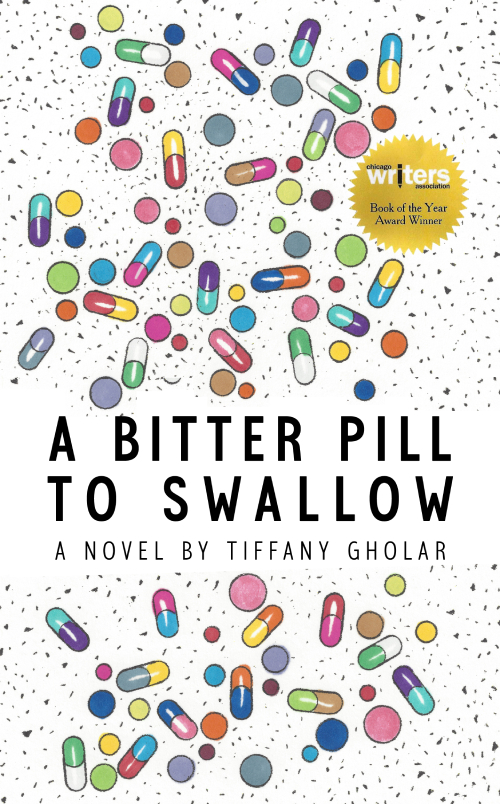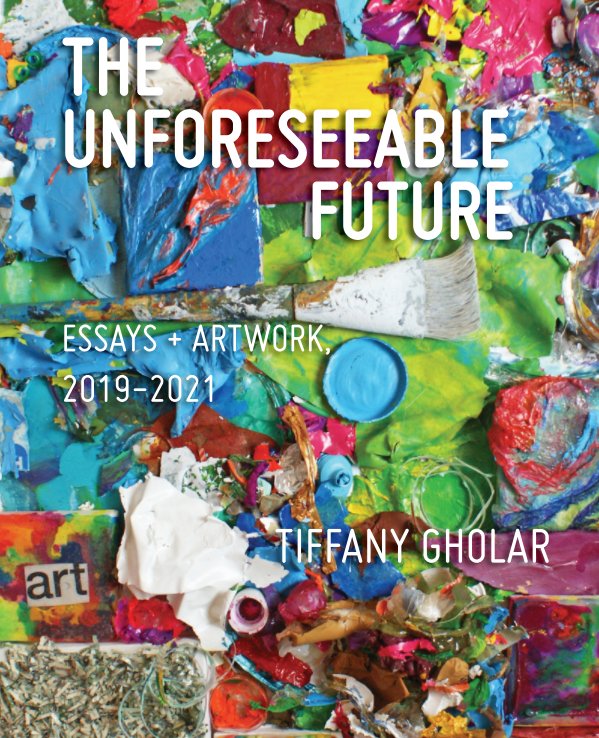 |
| I drew these hands when I was 17. You know what can't draw hands like this? AI |
Whether you're self-taught or have an art degree, whether you work from blueprints or you improvise, whether your art is representational, abstract, or conceptual, traditional or contemporary, commercial or esoteric, stylized or realistic, digital or analog, one thing I think we can all agree on as artists is that there is something deeply unsettling about AI "art."
The course of AI art was charted years ago, a road that was excavated and paved by an internet culture in which derivative work became more dominant than original work, a dismissiveness towards artists that has resulted in sites where projects went to the lowest bidders, an environment where asking artists to work for exposure is commonplace, a social media milieu where everyone is expected to be a brand and churn out infinite content, and a mindset that art and design practitioners are frivolous fools who should have learned to code instead.
Innovation is only for tech. The creativity that reaps financial rewards is riding on the coattails of everything that came before it, leading to prequels, sequels, re-imaginings, remakes and retellings. Online, there is an oversaturation of imagery that is secondary to the purpose of a post and pictures are relegated to content. Art is merely decorative and ancillary. It's only there to serve the needs of our data-obsessed world. Celebrities are publishing picture books not out of a genuine desire to entertain children, but to extend their brands. Instead of developing your skills and craft into a business that you can run for the rest of your life, you're supposed to create and sell a series of businesses to venture capitalists. This is not a hospitable climate for the emergence of new artists.
Though the world of art galleries can be notoriously exclusive, most of the artists I've come to know are quite receptive to other artists and welcome their fellowship. Our objection to AI imagery is not motivated by a desire to gatekeep who can call themselves artists, but a protective measure, keeping out the interlopers who come in the name of disruption to eviscerate everything we hold dear. The intruders will never understand the satisfaction of mastering a skill, or the magic of making something from nothing.
They tell us to cope and seethe, to adapt or die. This is the future. It's inevitable. There's nothing we can do to prevent our obsolescence. Disruption has come for us and we're unhinged to protest against it. Our resistance is futile.
There's something about the smug way they say these things that infuriates me to no end. I hate it when people who know nothing about my work (because they never bothered so much as looking at it once) try to tell me what kind of art I should make. How can I not feel resentful of an artificial imagination taking over when I've so rarely gotten paid to use mine?
The disrupters say it's just a tool and compare it to photography, but photography is an artistic medium in itself and still relies on the photographer to compose the shot, decide when to shoot, select which image to print and how the image will be displayed. The camera is a means to an end. Comparing it to collage and found object art also doesn't work because making such art still takes planning, time, and effort. And even in digital art, images can still be imbued with a sense of the sentience, corporeality, spirit, free will, hopes and dreams of the living human being who made it.
The disrupters accuse us of not caring about other workers who lost their jobs to automation, as if we haven't spoken up before, as if many of us aren't also employed in such work for survival. Imagine having your source of income replaced by AI and then your dream job, too!
I keep thinking about AI "art" when I consider the interior design industry's current obsession with computer-generated 3D renderings, especially Revit. There are some parallels and some differences. As someone who graduated before Revit was part of the curriculum, the question that keeps coming up for me is this:
What happens when we emphasize technical proficiency over creative vision?
There might be a cautionary tale in there somewhere. Things have gotten to the point where if you don't know how to use a prohibitively expensive program with a steep learning curve, you are stuck working at a furniture store. I would hate for there to be a similar development in fine art. I'm not suggesting that designers should all go back to drafting and rendering by hand, or that artists should stop using computers, tablets, digital cameras, scanners, and smartphones. The use of technology doesn't have to be an all-or nothing proposition. What I am opposed to is technology usurping humanity.
On LinkedIn, author Brandeis Marshall posted that tech "
fills their void of purpose" with AI. The purpose of computers, and machines in general, had once been to make our lives easier. They were supposed to do the tasks we found unpleasant and tedious in a more efficient way. Since when does making art fit that description?
What has AI "art" given us, anyway? Dead-eyed soullessness and creepy hands with superfluous fingers that look like crab legs. Other people's pixels reformulated without their permission, resulting in pictures that are new but not truly original. The ultimate
simulacrum.
The hand of the artist is missing. This is "art" without blood, sweat, and tears. There is no sense of personality or philosophy. It's a product generated by a machine incapable of self-reflection, a machine that cannot fantasize, have nightmares, or experience pleasure, an automaton that has never felt warmth, cold, loneliness, love, hate, longing, hunger, thirst, satiety, desire, disappointment, anger, shame, disgust, regret, anticipation, fear, pain, joy, or jealousy. A computer has no awareness of human frailty, fallibility and mortality and no consciousness of any of the feelings we channel into our work. It is wholly devoid of the urge we feel to express ourselves and communicate with others and the need to be valued, respected, taken seriously and understood. It lacks intention and has no conscience.
It is an "art" form without the inherent randomness of all things made by humans which ensures that no two iterations will ever be exactly alike, even with a template, stencil, or recipe. The things we make have warmth, humanity, texture, and maybe even traces of our fingerprints. Our work is so often an expression of our highest selves, to the point where we agonize about how to separate the art from the artist whenever a talented artist is revealed to be a particularly villainous person. (For some of these people, making beautiful artwork may have been the only good thing they ever did.)
The work of
Nettrice Gaskins might be a rare exception that proves the rule when it comes to AI. It has poetry, emotion, and soul. Her refinements eliminate the uncanny artifacts of AI image generation and she has training in both fine art and computer science. Still, is good imagery generated from artificial intelligence merely the fruit of a poison tree? How can we praise a picture made with elements that were taken from artists who were never asked or compensated by profit-driven tech companies masquerading as nonprofits?
 |
A book entirely written and illustrated with AI
|
The disrupters can't seem to make up their minds about whether they're just experimenting or if their output is a product to be sold. But if it is a product to be sold, there will be a big problem: copyrighting it. As it turns out, they cannot claim authorship. At the time that I'm writing this blog post, a few artists have announced that they're suing the companies that make the software for using their artwork without their permission. No matter what the outcome of the lawsuits, it feels good to see artists speaking out against the thievery. Because the thing is, it won't just be visual artists. The disrupters are also coming for
lawyers,
therapists,
voice actors,
writers...
Are they trying to punish us? Are they trying to create a world where nobody who works outside of tech will have a job? Does the future only belong to robots? Who would have thought the future would be so banal, uninspiring, and insipid?
Related Video, Articles, and Podcasts:




















